Curious about how to make muscle? Start with strength training, proper nutrition, and enough rest. This guide covers muscle growth science, key diet tips, effective workouts, and recovery strategies, offering a complete roadmap to building muscle.
Key Takeaways
-
Muscle growth requires a balance of muscle protein synthesis through resistance training and adequate protein intake.
-
Effective strength training hinges on compound exercises like squats and deadlifts, which target multiple muscle groups and maximize hypertrophy.
-
Proper recovery and nutrition, including sufficient protein and calories, play a critical role in muscle development and overall fitness.
Understanding Muscle Growth

Muscle growth, or hypertrophy, is a complex process that revolves around muscle protein synthesis (MPS). MPS is crucial for muscle hypertrophy and is stimulated by resistance exercise combined with protein intake. When you engage in resistance training, such as lifting weights, your muscle fibers experience damage. This damage isn’t harmful; in fact, it’s beneficial. The repair process that follows leads to muscle growth as your body works to rebuild and strengthen the damaged fibers.
The key to effective muscle building is to create a positive balance of MPS. This means increasing the rate at which your body deposits new proteins into muscle fibers while minimizing the rate at which existing proteins are broken down. Consistently challenging your muscles through resistance training helps maintain this positive balance, promoting significant more muscle growth and increase muscle mass while increasing muscle size during muscles time.
Understanding these foundational principles of skeletal muscle growth is crucial for anyone aiming to build muscle mass, as it guides the incorporation of effective dietary strategies and training techniques.
The Role of Protein in Muscle Building

Protein is the cornerstone of muscle repair and growth. After you’ve pushed your muscles to their limits through resistance training, protein steps in to repair the damage and build stronger, larger muscle fibers. For those engaging in regular exercise, the ideal daily protein intake ranges from 1.4 to 2.0 grams per kilogram of body weight. This is a significant increase from the average adult’s recommended intake of 0.8 grams per kilogram of body weight.
With age, the body’s efficiency in utilizing dietary protein decreases, necessitating higher protein intake to maintain muscle mass. For those over 50, an intake of around one gram per kilogram of body weight is recommended to counteract anabolic resistance, where the muscle’s response to protein intake diminishes.
Meeting daily protein requirements and essential nutrients involves consuming a variety of protein sources to get more protein. Complete proteins, containing all essential amino acids, are found in animal products and some plant sources like quinoa. A diverse range of protein foods ensures your muscles receive the necessary nourishment to grow and thrive.
Effective Strength Training Techniques

When it comes to building muscle, not all exercises are created equal. Effective strength training techniques focus on compound exercises, which target multiple muscle groups simultaneously, including the upper body. Muscle strengthening exercises such as the back squat, bench press, and deadlift are foundational movements that provide significant strength benefits and promote overall muscle growth.
Compound exercises are particularly effective because they activate mechanical tension, muscle damage, and metabolic stress—all key factors in muscle hypertrophy. Engaging several muscle groups simultaneously, these exercises save valuable workout time while delivering impressive results. Additionally, a compound exercise, as part of a strength exercise routine, stimulates hormones like testosterone, further supporting muscle growth.
It’s also important to allow adequate rest between sets to prevent injury and ensure you’re performing at your best. Compound movements can elevate your heart rate more than isolation exercises, potentially increasing calorie burn during workouts. Focusing on these techniques and maintaining consistent training maximizes your muscle-building potential.
Progressive Overload: Key to Muscle Development

Progressive overload is the principle of gradually increasing the stress placed on your muscles during training to stimulate growth. This approach is critical in building muscle mass, as it ensures that your muscles are consistently challenged and forced to adapt. Effective overload involves selecting weights heavy enough to make performing more than 20 reps impossible.
Incorporating both compound and isolation movements in your workout routine can help achieve progressive overload. Compound exercises like squats and deadlifts target multiple muscle groups, while isolation exercises focus on specific muscles, allowing for a balanced approach to muscle development. Aim to gradually increase the challenge to your muscles throughout your training program for optimal growth.
Training with heavy weights and free weights challenges muscles both eccentrically and concentrically, leading to significant strength gains. Those who lift weights consistently apply progressive overload to ensure continuous muscle growth and development through power training.
Importance of Proper Form
Proper form during weight training is crucial for achieving muscle strength gains and minimizing injury risk. Correct form ensures exercises effectively target the intended muscle groups, maximizing workout benefits.
Improper technique can lead to a range of injuries, from minor sprains to more severe fractures, which can hinder your progress and set you back in your muscle-building journey. Lifting weights that are too heavy can also impede proper form and increase the risk of injury. Therefore, it’s often better to start with a lighter weight and focus on mastering the correct form before gradually increasing the weight.
Consulting with a personal trainer can be incredibly beneficial in ensuring you perform exercises with the correct form. They can provide personalized guidance and adjustments to your technique, helping you avoid common pitfalls and achieve your muscle-building goals safely and effectively.
Balancing Workouts with Recovery
Recovery days are an essential component of any muscle-building program. They allow your body to repair and build muscle after the strain of resistance training, leading to stronger and bigger muscles. Adequate rest helps prevent injuries, avoid burnout, and ensure you’re performing at your best during workouts.
Insufficient rest can impede muscle recovery and lead to overtraining, which negatively affects your progress and can result in irritability and decreased performance. Incorporating low-intensity activities like yoga or walking on rest days can aid in muscle recovery without putting additional strain on your body.
Proper recovery also includes good sleep hygiene, as sleep debt can decrease protein synthesis and hinder recovery. Celebrating small achievements and making small adjustments to your workout goals in response to life changes can help keep your fitness pursuits on track during recovery.
Nutrition Strategies for Muscle Gain

A diet rich in protein, carbohydrates, and healthy fats is vital for muscle development. Protein is particularly important as it repairs and rebuilds tissue damaged during workouts. To support muscle building, ensure you’re consuming adequate calories by eating nutrient-dense foods.
Creatine monohydrate is a widely recognized supplement that enhances muscle performance and strength. While supplements play a supportive role, they should complement a well-structured diet rather than replace it. Incorporating a variety of nutrient-dense foods helps meet the nutritional demands of bodybuilders and supports overall muscle growth.
Meal planning is another critical strategy to promote muscle growth, as it provides a steady stream of nutrients to your muscles, aiding in recovery and growth. By carefully planning your meals and ensuring you’re getting enough protein, carbohydrates, and fats, you can optimize your diet to support your muscle-building goals to stimulate muscle growth and grow muscle.
Incorporating Aerobic Exercise
Regular aerobic exercise not only improves muscle mass but also enhances muscle function and overall exercise capacity. Incorporating aerobic exercises into your fitness regimen can help mitigate age-related muscle loss by stimulating anabolic pathways.
Balancing aerobic exercise with weight or resistance training improves cardiovascular health while supporting muscle growth and reducing the risk of heart disease. This holistic fitness approach ensures not only muscle building but also enhanced overall health, well-being, and physical activity, providing numerous health benefits.
Tracking Progress and Setting Goals
Optimizing muscle gain involves adjusting calorie intake based on weight gain goals, which often means consuming more calories. Bodybuilders typically alternate between bulking and cutting phases to manage gaining muscle and body fat tissue loss, achieving a lean, muscular physique.
Maintaining a training diary helps monitor progress and make necessary fitness strategy adjustments. Avoid frequently changing workout routines, as the body needs time to adapt to exercises for optimal results.
Setting clear goals and tracking progress keeps you motivated and on track to achieve muscle-building objectives.
Common Mistakes to Avoid
Relying too heavily on isolation exercises can lead to muscle imbalances if compound movements are neglected. Beginners often fail to push themselves hard enough, which can limit their muscle gains. Practicing patience and avoiding rushing is crucial, as injuries or setbacks can occur if you try to progress too quickly.
Avoid these common mistakes to ensure steady progress and avoid unnecessary setbacks in your muscle-building journey. Focusing on compound exercises, pushing yourself appropriately, and maintaining patience leads to more effective muscle-building goal achievement.
Summary
Building muscle requires a strategic approach that combines effective strength training techniques, proper nutrition, and adequate recovery. By understanding muscle growth, prioritizing protein intake, and implementing progressive overload, you can optimize your workouts for maximum gains. Ensuring proper form and balancing your workouts with recovery are also crucial for avoiding injuries and achieving long-term success.
Armed with this knowledge, you’re now ready to embark on your muscle-building journey with confidence. Remember to stay consistent, celebrate your progress, and adjust your strategies as needed to keep moving forward. Here’s to a stronger, healthier you!
Frequently Asked Questions
How much protein should I consume daily to build muscle?
To build muscle, you should aim for 1.4 to 2.0 grams of protein per kilogram of your body weight each day. Adjust based on your activity level and goals for the best results!
What are some effective compound exercises for muscle growth?
To boost muscle growth, incorporate compound exercises like the back squat, bench press, and deadlift into your routine. These moves work multiple muscle groups at once, maximizing your results.
Why is progressive overload important for muscle development?
Progressive overload is vital for muscle development because it continually challenges your muscles, prompting them to adapt and grow stronger. So, keep pushing your limits to see those gains!
How can I ensure I’m using proper form during weight training?
To ensure you’re using proper form during weight training, it’s a great idea to consult a fitness professional who can guide you. This way, you can avoid injuries and make the most of your workouts!
How important are recovery days in a muscle-building program?
Recovery days are crucial for muscle-building because they enable your body to repair and grow muscle, while also helping to prevent injuries and burnout. Don't underestimate the power of rest!






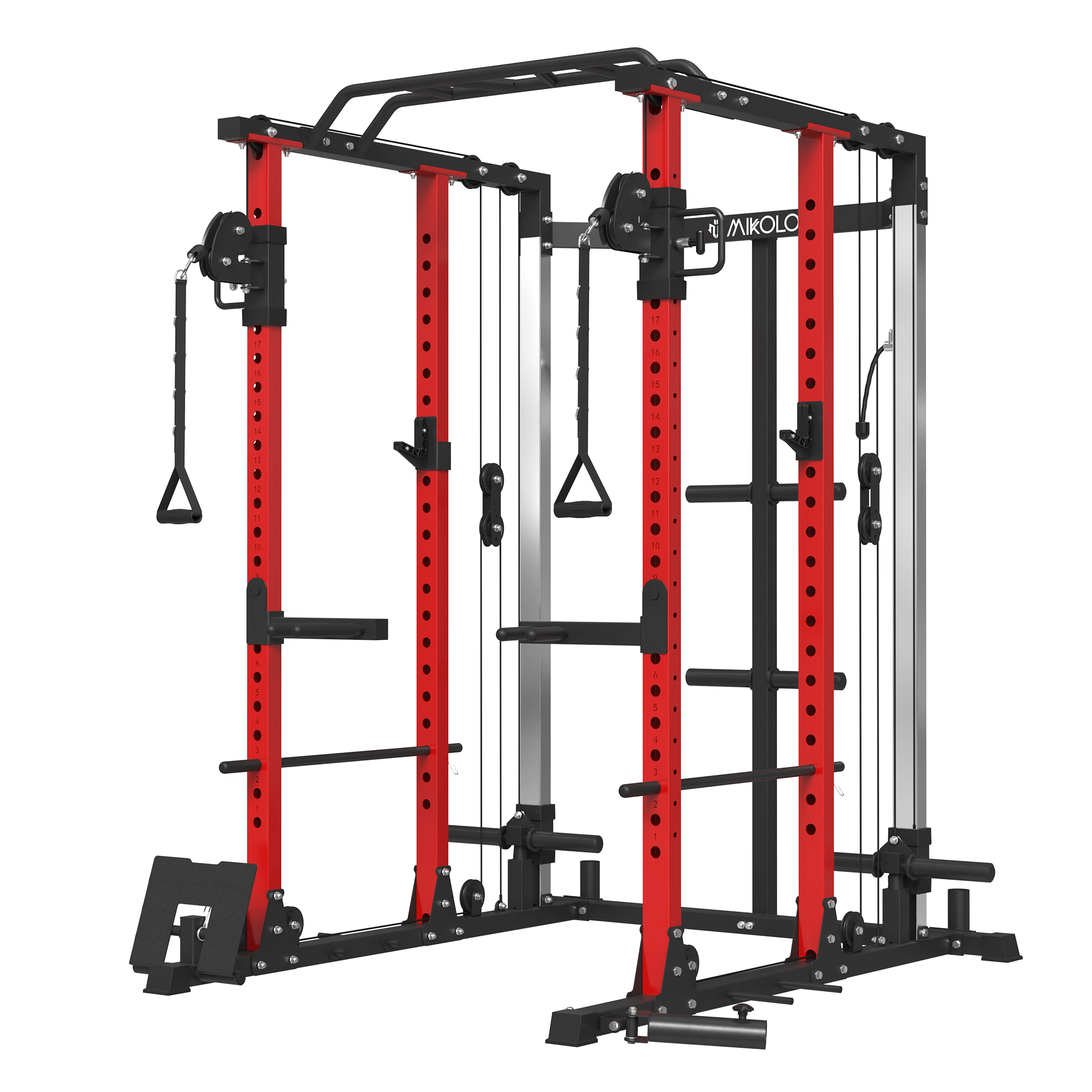








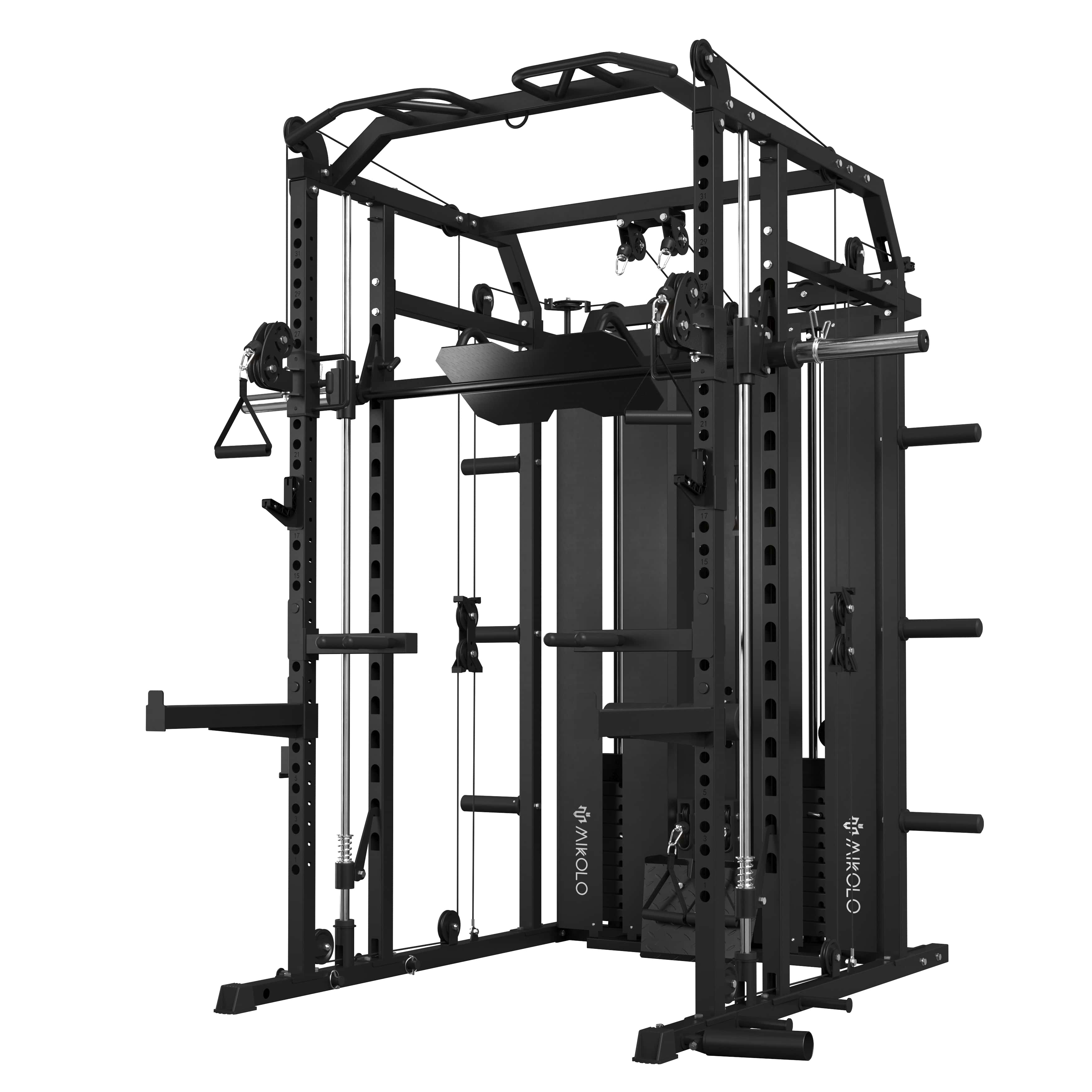












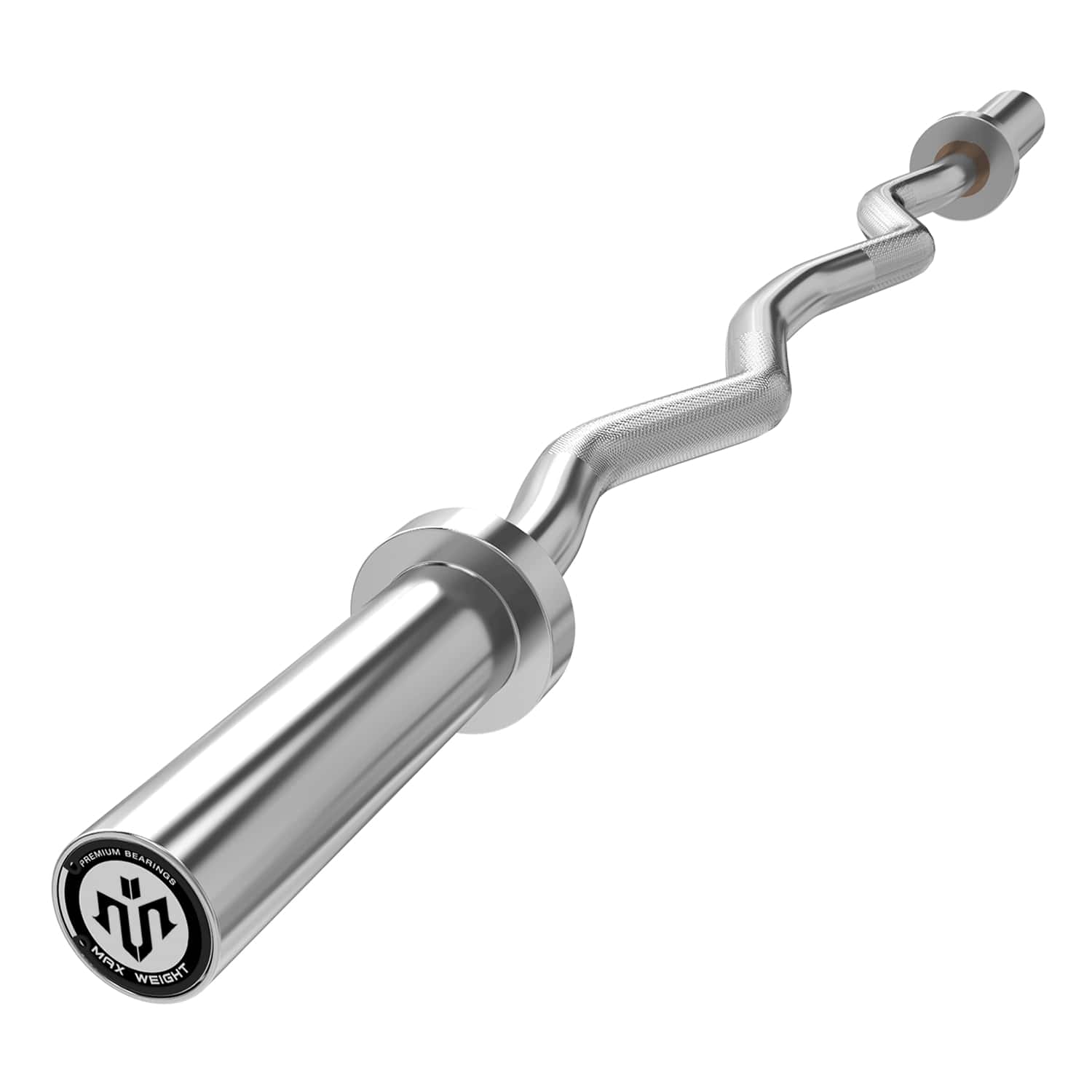



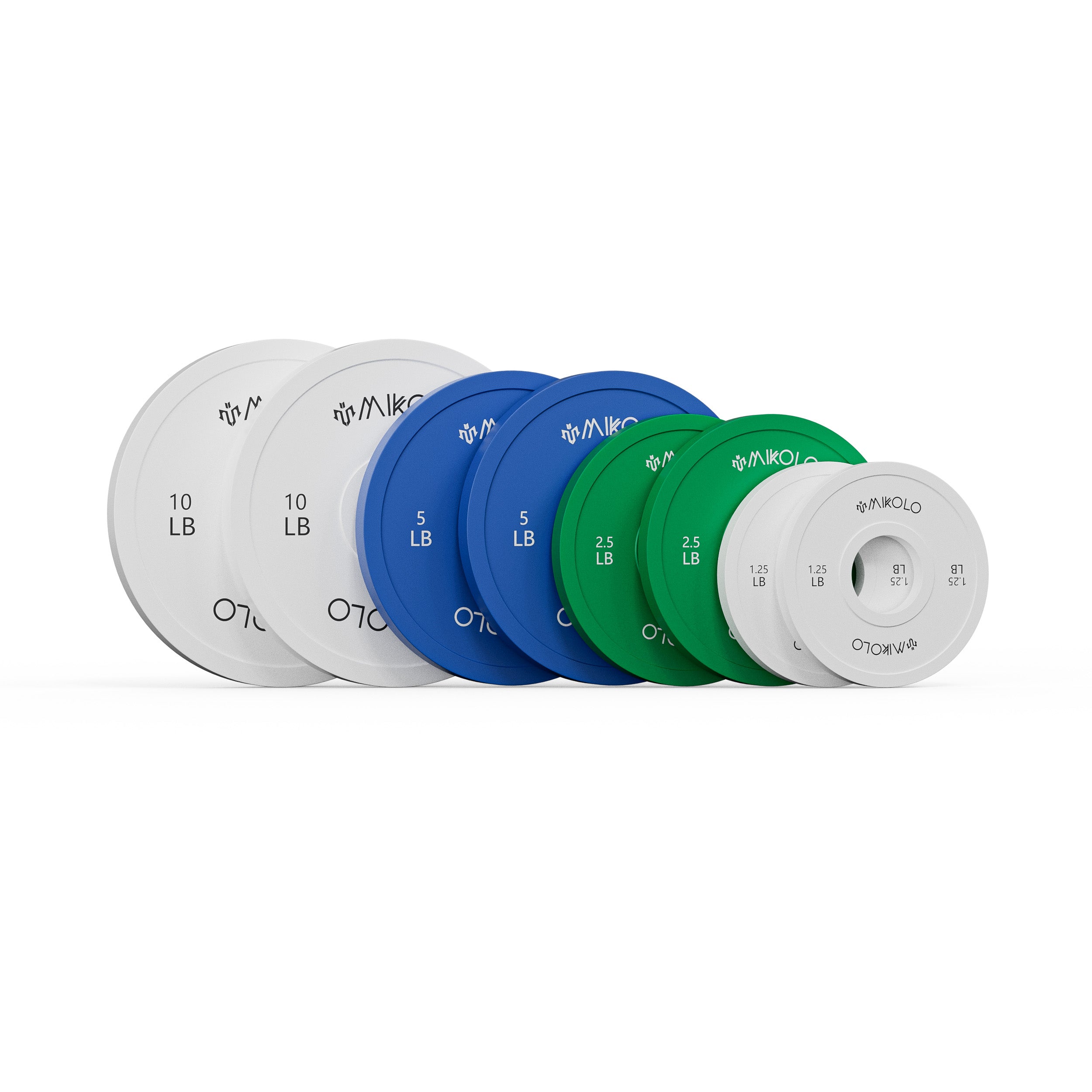


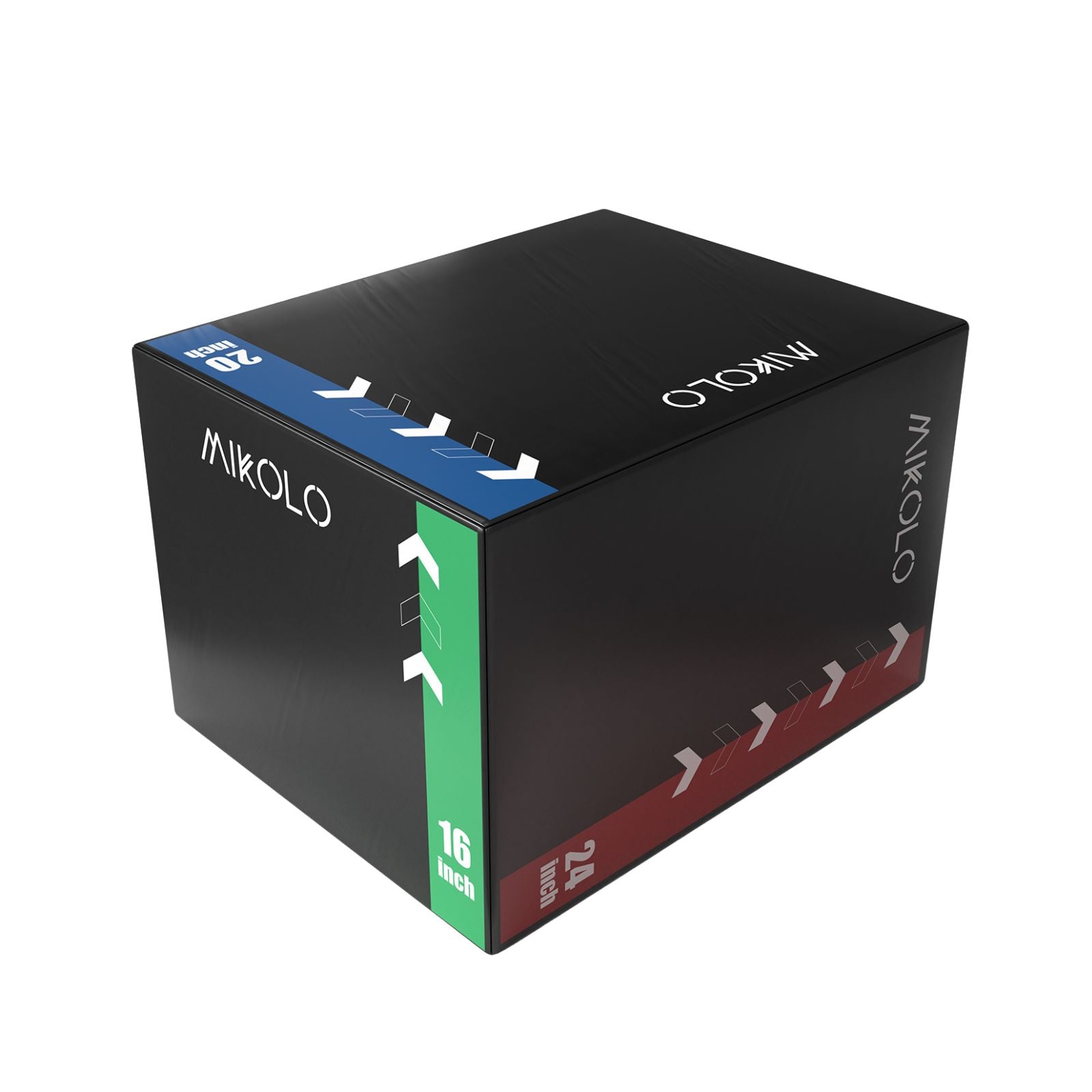
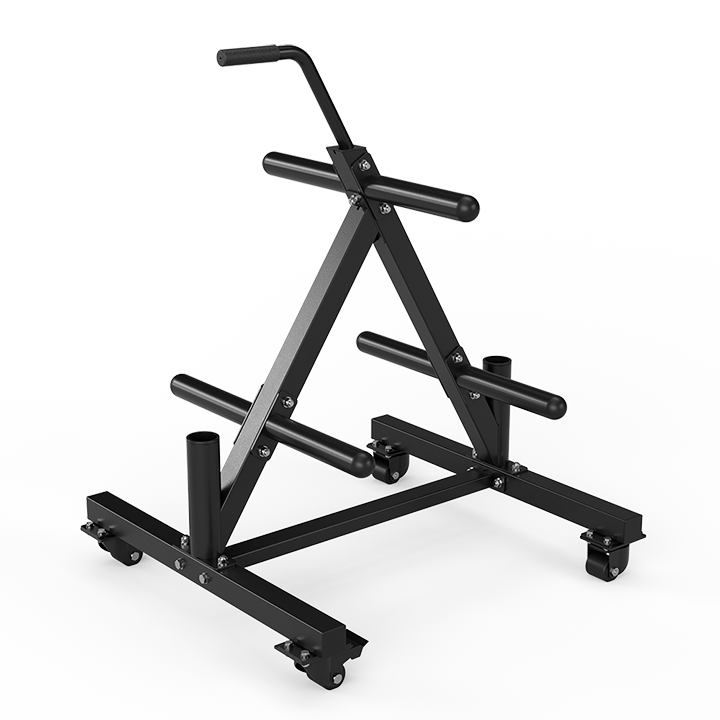
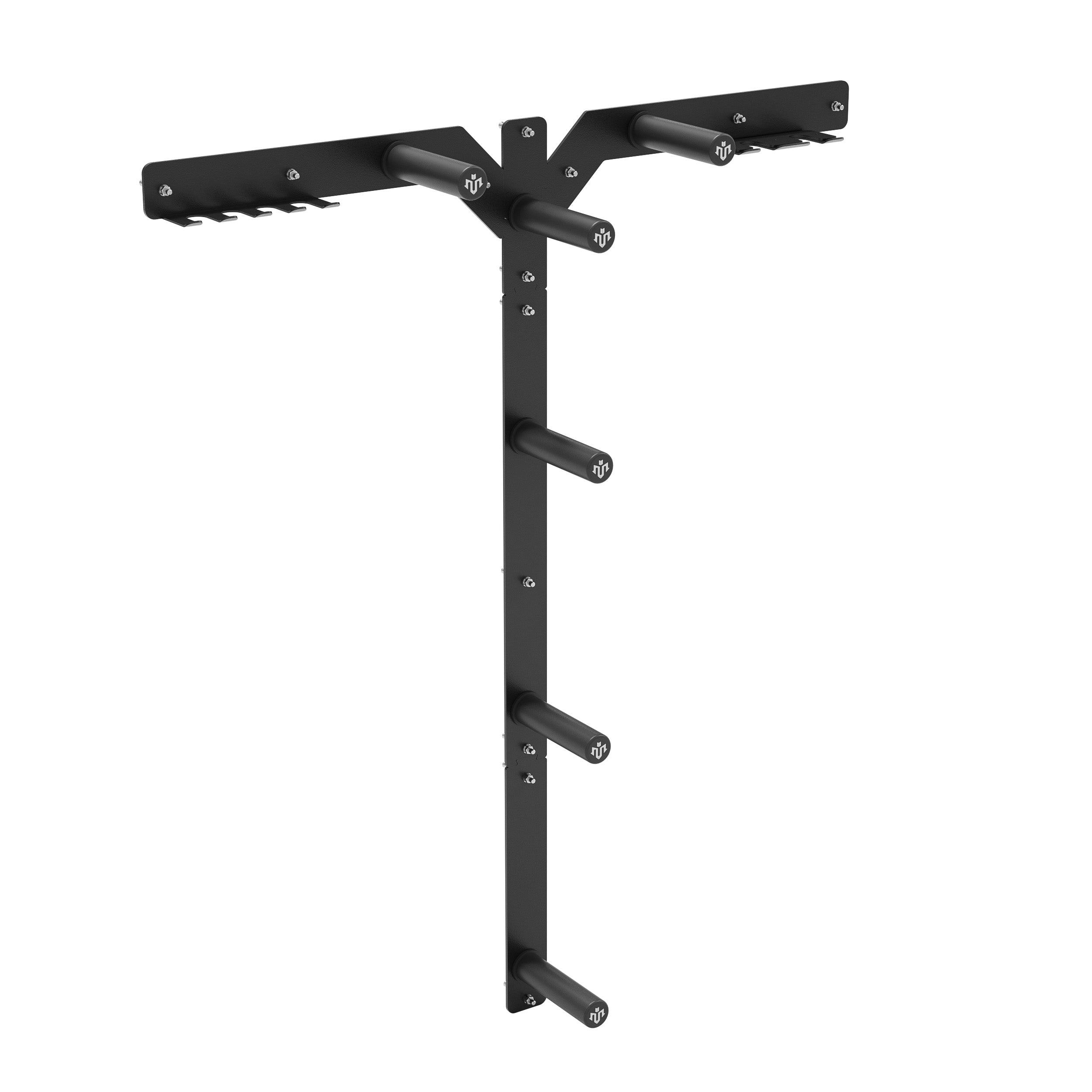




Leave a comment
This site is protected by hCaptcha and the hCaptcha Privacy Policy and Terms of Service apply.